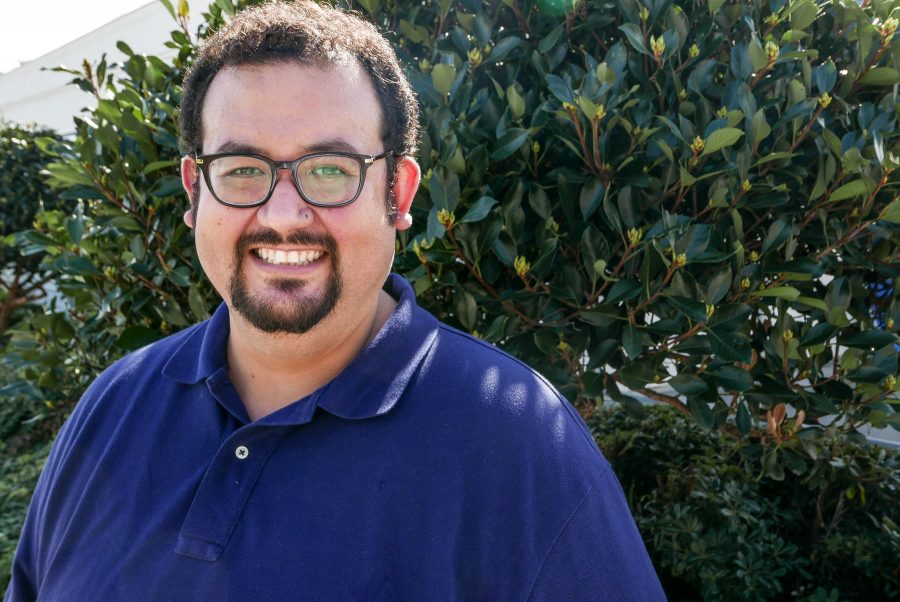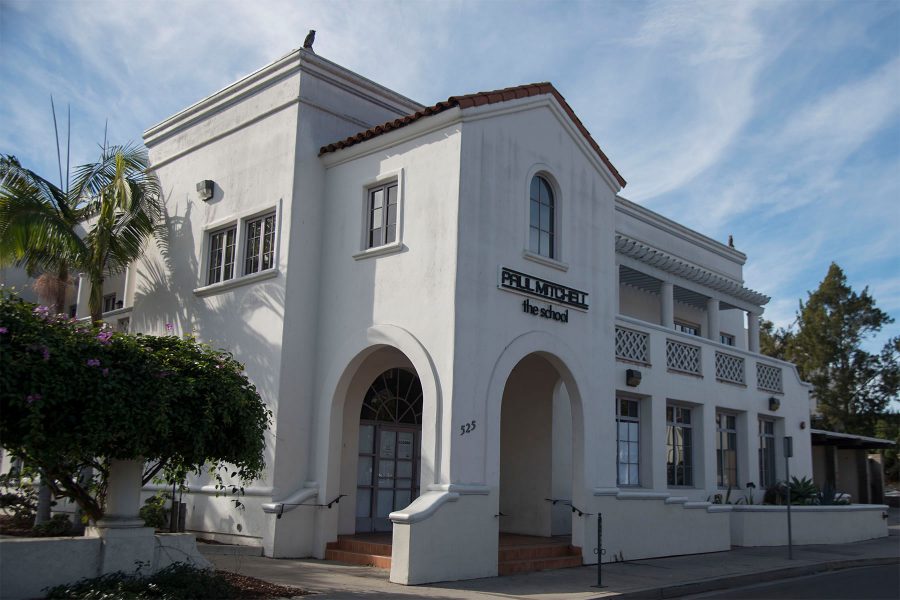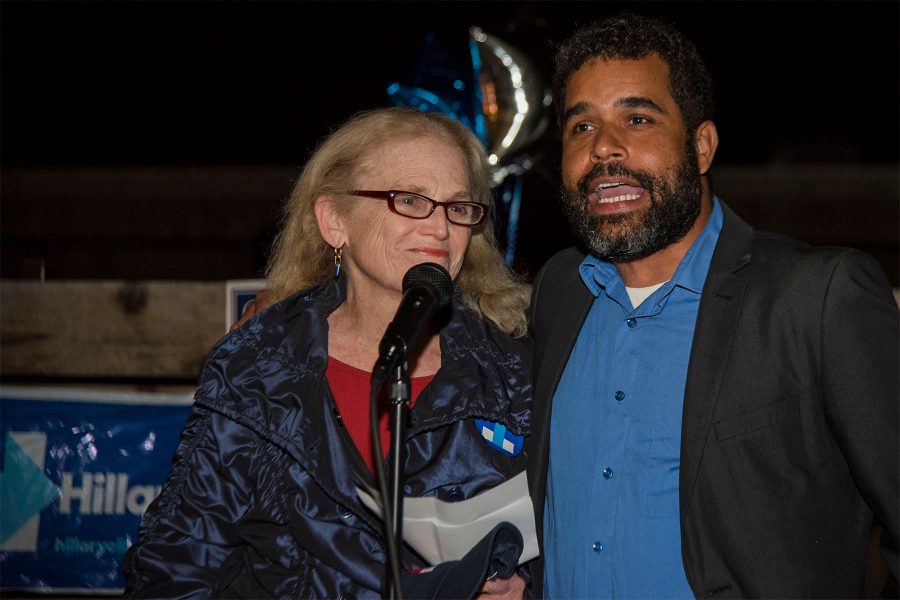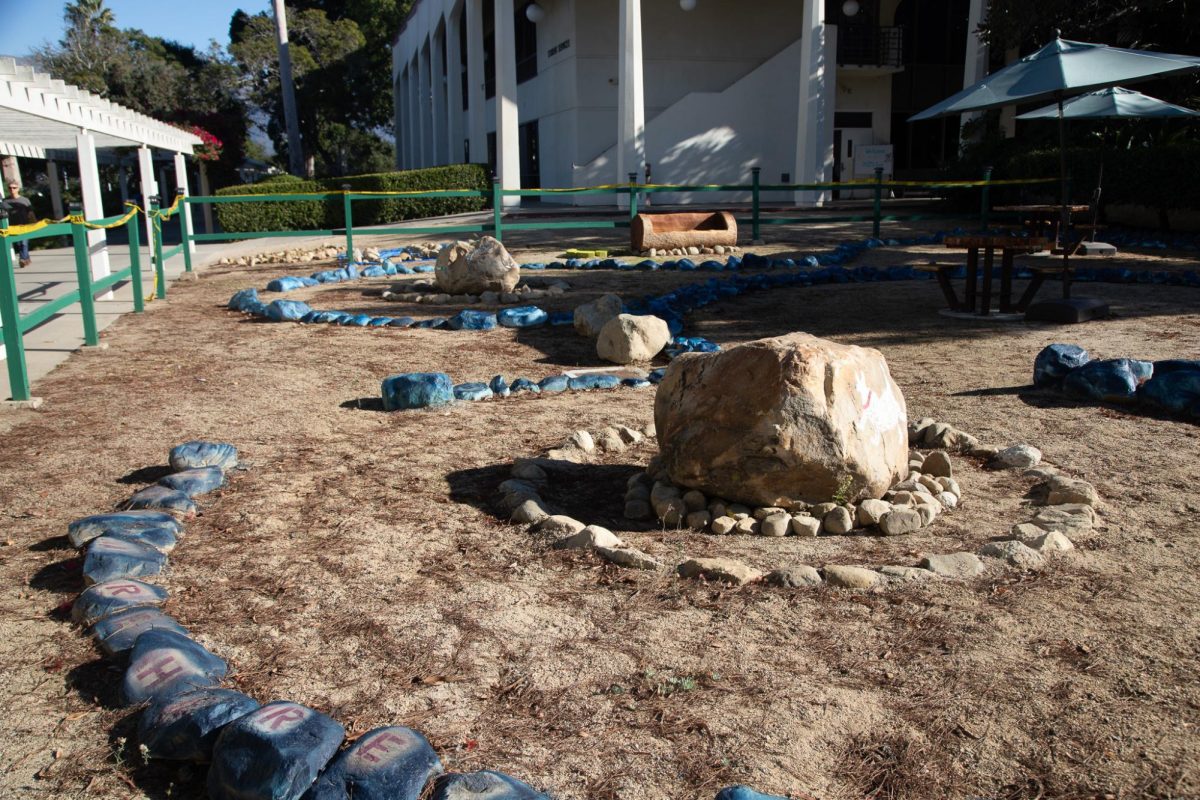Santa Barbara residents packed into the tiny meeting hall at the Holy Cross Church to discuss St. George and Associates recent proposal for a dorm-style complex on Monday night.
Young and old Mesa neighbors gathered together to bring up concerns about the impacts of the potential development, which will be called Playa Mariposa. Following a brief presentation, the discussion erupted into a heated debate.
“As a resident that is very close to the City College, naturally I worry about the value of my property and the quality of my life,” said Sue Mellor, who moved to the Mesa in 1983.
The housing project is planned to expand on the current apartment complex Beach City, which is located next to City College’s West Campus. Management officials from the company and many community leaders joined the informal forum to help elaborate on the specifics of the plan.
“Most of us recognize that Santa Barbara has a long-standing reputation of addressing the housing needs of various segments of our community,” said Laurel Perez, principal planner with Suzanne Elledge Planning and Permitting Services. “We work hard to address the needs of senior housing, affordable housing, workforce housing, housing for homeless through shelters and yet we have not fully addressed housing for students.”
Perez is working with Ed St. George, owner of the complex and leasing company, to navigate the development team through the process of implementing the project. Perez began the meeting by presenting an overview of the proposed plan, but stressed that it was still only in the design stage. She expressed that there will be multiple opportunities for community engagement in the future, and that the completion of the planning process can take upwards of two years.
“I’m simply proposing student housing,” St. George said. “Students are moving out into the neighborhoods. You have nobody addressing and managing the single-family homes, [many of which] are owned by people who don’t even live in the state anymore or have purchased these homes to rent to students.”
Proposed amenities for the development include study lounges, a 24-hour café, a gym, movie theater and other activities meant to encourage a community among the students living there. The planning team expressed that leases would prohibit student vehicles in an effort to reduce traffic and parking, and that they would enforce tighter security and regulations.
Many community members voiced their disapproval of students moving to Santa Barbara to attend City College, and brought up the idea that it should be considered impacted so that less out-of-area students are able to enroll.
“We are an open access institution by state law, which means that we must and do so honorably, embrace every student that walks through our doors,” said Dr. Lori Gaskin, superintendent-president of City College. “Whether that student resides in our district or they reside anywhere else in the state…. That is the beauty of accessible and affordable higher education in this state.”
Despite the community’s belief, the college estimates an overall enrollment drop of 5.5 percent for this academic year.
St. George confirmed that City College would not be partnering with the company for the project; however, they hope to coordinate with the administration to hold students accountable if they break a rule or commit a crime. But the idea of separate student housing that could be offered in the future was briefly touched on.
“City College is looking at discussing some property development on Loma Alta Street,” St. George said. “So hopefully they would be able to get about 500 kids there as well.”
The next steps of the project include further community and interest group meetings, hearings with the planning commission and studies conducted by the city.
















